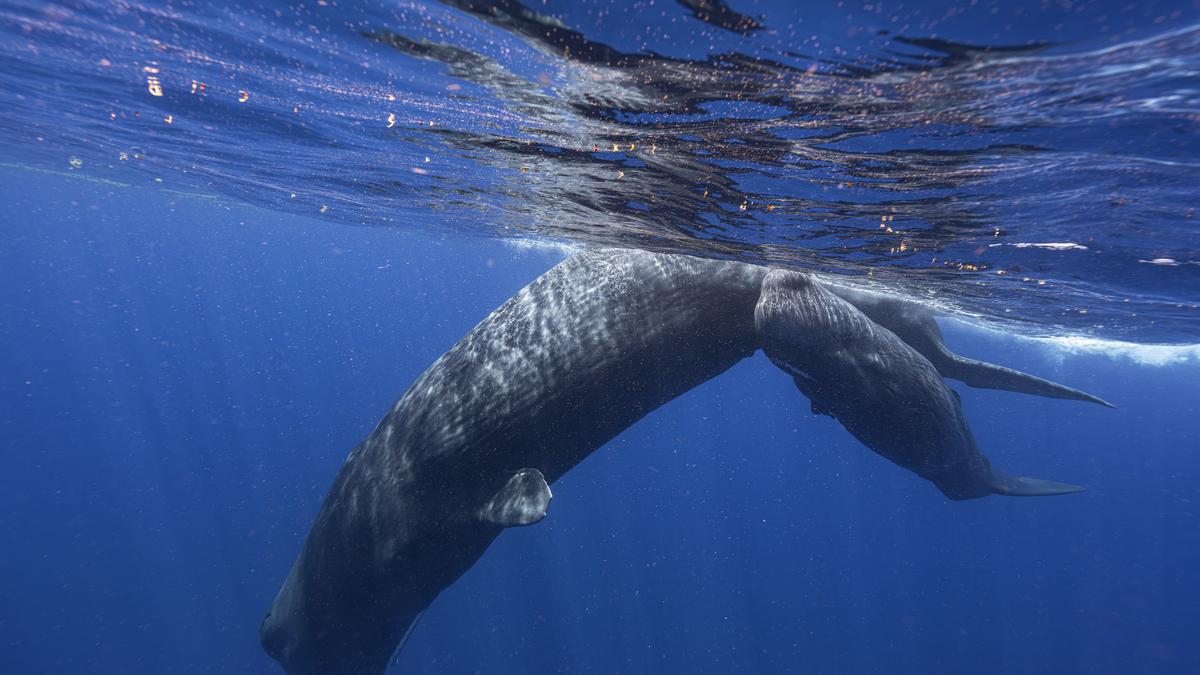
Scientists document remarkable sperm whale 'phonetic alphabet'
The Hindu
Sperm whales use complex vocalizations resembling Morse code, revealing a sophisticated communication system with a "phonetic alphabet"
The various species of whales inhabiting Earth's oceans employ different types of vocalisations to communicate. Sperm whales, the largest of the toothed whales, communicate using bursts of clicking noises — called codas — sounding a bit like Morse code.
A new analysis of years of vocalisations by sperm whales in the eastern Caribbean has found that their system of communication is more sophisticated than previously known, exhibiting a complex internal structure replete with a "phonetic alphabet." The researchers identified similarities to aspects of other animal communication systems — and even human language.
Like all marine mammals, sperm whales are very social animals, with their calls an integral part of this. The new study has provided a fuller understanding of how these whales communicate.
"The research shows that the expressivity of sperm whale calls is much larger than previously thought," said Pratyusha Sharma, a Massachusetts Institute of Technology doctoral student in robotics and machine learning and lead author of the study published on May 7 in the journal Nature Communications.
"We do not know yet what they are saying. We are studying the calls in their behavioral contexts next to understand what sperm whales might be communicating about," said Ms. Sharma.
Sperm whales, which can reach about 60 feet (18 metres) long, have the largest brain of any animal. They are deep divers, feeding on giant squid and other prey.
The researchers are part of the Project CETI (Cetacean Translation Initiative) Machine Learning Team. Using traditional statistical analysis and artificial intelligence, they examined calls made by about 60 whales recorded by the Dominica Sperm Whale Project, a research program that has assembled a large dataset on the species.











